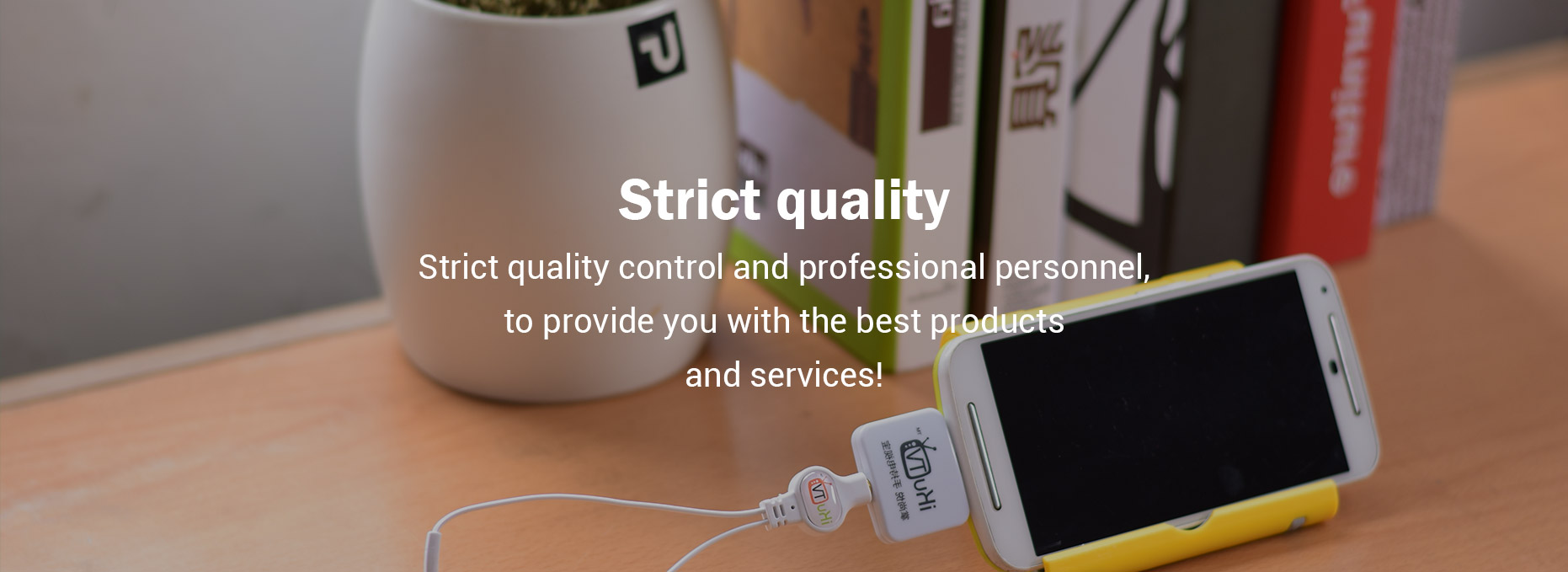Top Benefits of Using Reflective Labels for Clothing OEM
In the realm of clothing manufacturing and OEM processes, the integration of innovative labeling solutions is pivotal for enhancing both operational efficiency and brand visibility. Reflective labels for clothing OEM represent a significant advancement in this area, offering a multitude of benefits that cater to the modern demands of the apparel industry.
If you want to learn more, please visit our website reflective labels for clothing oem.
One of the primary advantages of reflective labels is their ability to enhance visibility in low-light conditions. This feature is particularly beneficial for brands targeting safety or outdoor markets, such as sportswear or workwear. Reflective materials utilized in these labels are designed to reflect light, making garments easily noticeable in dim environments. This functionality not only aids in consumer safety but also promotes brand awareness, as garments adorned with reflective labels stand out more prominently.
Another key characteristic of reflective labels is their durability and resistance to environmental factors. High-quality reflective materials are engineered to withstand harsh conditions, including exposure to water, UV light, and abrasion. This durability ensures that the labels remain intact and maintain their reflective properties over time, which is essential for products intended for outdoor use. As a result, manufacturers benefit from reduced returns and increased customer satisfaction, as the end products retain their intended functionalities longer.
The versatility of reflective labels also plays a crucial role in their appeal. These labels can be applied to various types of fabrics, including woven, knitted, and synthetic materials. This adaptability allows OEM manufacturers to implement reflective labeling across a wide range of clothing lines, from sports gear to casual wear. Additionally, the labels can be customized in terms of shape, size, and design, enabling brands to incorporate their logos and colors seamlessly while adhering to their aesthetic preferences.
Reflective labels also contribute to improved production flexibility. As the fashion industry evolves, so do consumer preferences and trends. The implementation of reflective labels allows manufacturers to easily adapt their product offerings without extensive retooling of production lines. For instance, manufacturers can introduce limited-edition collections featuring reflective labels or seasonal designs that cater to market trends without sacrificing operational efficiency.
Furthermore, incorporating reflective labels into clothing can significantly enhance brand storytelling. Labels can be printed with information about the brand’s commitment to sustainability or safety, further aligning with the values of modern consumers. This not only fosters stronger brand loyalty but also helps companies differentiate themselves in a competitive marketplace, as consumers are increasingly drawn to brands that transparently communicate their values and product benefits.
In terms of market differentiation, reflecting labels can provide a substantial competitive edge. As consumers are becoming more aware of safety features and performance benefits in clothing, brands that utilize reflective labels position themselves strategically within this mindset. This forward-thinking approach can attract new customers and foster repeat purchases from those who prioritize functionality alongside fashion.
In conclusion, the integration of reflective labels in clothing OEM processes serves not only as a safety enhancement but also as a multifaceted tool for branding, differentiation, and operational flexibility. As the clothing industry continues to evolve, brands that leverage the advantages of reflective labels will not only meet consumer demands for safety and visibility but also stand out in an increasingly competitive environment. Embracing this innovative labeling solution is crucial for those looking to enhance their product offerings and capture market share in the dynamic apparel landscape. Manufacturers and brands should consider investing in reflective labeling technologies to stay ahead of trends and resonate with the modern consumer.
For more leather label supplierinformation, please contact us. We will provide professional answers.



Comments